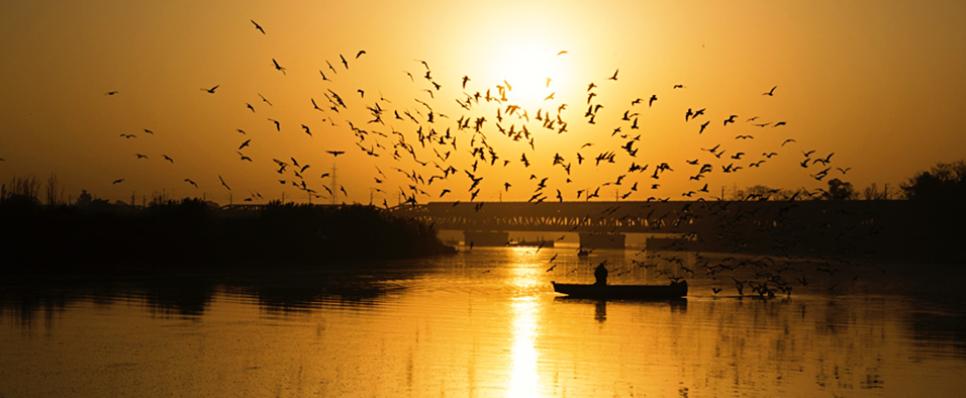Published: 20 Feb 2018
Sone ki Chidiya will fly higher

From exquisite diamond like the Kohinoor to forward thinking text like the Kamasutra, from advanced agricultural techniques to splendid scenery, 17th century India had it all. At the time, being one of the wealthiest nations in the world, India was known as ‘sone ki chidiya’ – Golden Sparrow and for a very good reason.
Before the East India Company took over India, subsequently the British, the country remained one of the richest in the world. Agriculture growth was vast and diverse, trade with foreign lands was always high and gained prominence as being the centre for spiritual and philosophical knowledge, India led in every diverse sphere.
From between 1 AD and 1,000 AD, India was the world's largest economy. Unlike India’s predicament today where we share a meager 2% of the world's trade, in 1,500 AD, our contribution to the global economy was around 24.5%, equal to Europe's share. As former Prime Minister, Manmohan Singh once said, "There is no doubt that our grievances against the British Empire had a sound basis. India's share of world income collapsed from 22.6% in 1700, almost equal to Europe's share at that time, to as low as 3.8% in 1952."
India was (and still is for most of these commodities) a major exporter of textiles, spices, pearls, sugar and iron weapons. With such vast resources easily available, India did not need much import.
The earliest drawn date on trade goes back to 800 BC, where businesses were formed and corporate firms were built. In fact, texts from 5th century BC mention Sreni, a corporation of traders, who procured raw materials, controlled quality of manufactured goods and their price.
Consider the various monuments and artifacts that were built during this time – the Red Fort, the Taj Mahal, the golden Peacock Throne, etc. During the Mughal rule, India’s income was 17.5 million pounds, greater than the treasury of Great Britain.
While most of the world practiced a barter system economy, India was one of the few countries that developed money-based trade. Sadly, history took its course and almost every country invaded and ruled over India. As we fought amongst ourselves, the country’s vast resources were slowly dwindling.
Today, India is back on track and looking to make a grand impact on the world stage, and become the golden bird it once was.











